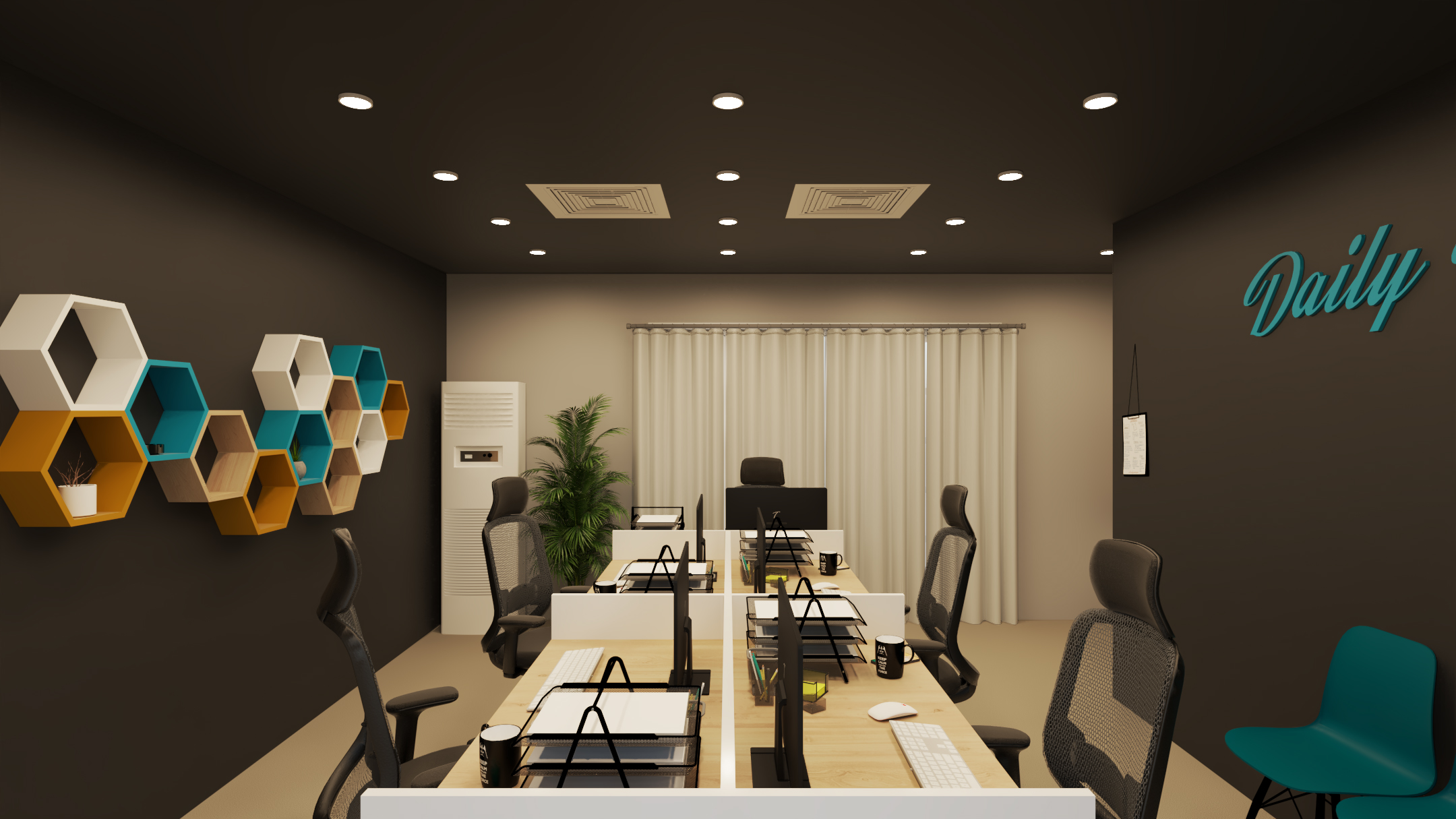In interior design, textures play a crucial role in transforming spaces from ordinary to extraordinary. Imagine a room where every surface invites touch and enhances visual appeal, creating a harmonious ambiance that resonates with its occupants. Understanding textures goes beyond mere aesthetics; it involves a sensory experience that can profoundly influence the way we perceive and interact with our environment. This guide delves into the intricate world of textures in interior design, offering insights and practical tips to help you harness their power in your next project.
Body:
1. Defining Textures in Interior Design
Textures in interior design refer to the tactile and visual qualities of surfaces within a space. They can be categorized into tactile textures, which are physically felt, and visual textures, which are perceived through sight. Tactile textures include materials like wood, stone, fabrics, and metals, while visual textures can be created through wallpaper patterns, artwork, or finishes such as matte vs glossy surfaces.
2. Importance of Textures in Creating Ambiance
Textures play a pivotal role in shaping the ambiance of a room. Rough textures like exposed brick or natural stone walls add a rustic charm, while smooth textures such as polished marble or glass contribute to a more contemporary and sleek feel. By strategically combining textures, interior designers can evoke specific moods—cozy and inviting, elegant and sophisticated, or vibrant and energetic—tailored to the function and desired atmosphere of the space.
3. Enhancing Depth and Visual Interest
Introducing textures is an effective way to add depth and visual interest to interiors. Textural contrast creates focal points within a room, drawing attention to key architectural features or furniture pieces. For instance, pairing a plush velvet sofa with a rough-hewn wooden coffee table not only enhances the tactile experience but also creates a compelling visual contrast that elevates the overall design aesthetic.
4. Practical Considerations in Texture Selection
When selecting textures, it’s essential to consider both aesthetic preferences and practical considerations. Natural textures like leather or linen offer timeless appeal and durability, making them ideal for high-traffic areas. Synthetic textures, on the other hand, provide versatility and often come in a wider range of colors and patterns, allowing for greater design flexibility.
5. Texture Trends and Innovations
The world of textures in interior design is dynamic, with trends evolving to reflect contemporary tastes and technological advancements. Current trends include sustainable materials like bamboo or recycled glass, which not only add texture but also align with eco-conscious design principles. Innovations in 3D printing have also revolutionized texture creation, offering designers unprecedented freedom to experiment with intricate patterns and customized surfaces.
6. Balancing Texture for Cohesive Design
Achieving a harmonious balance of textures is key to creating a cohesive interior design scheme. Too many textures competing for attention can overwhelm the senses, while too few can result in a space that feels flat and uninspired. Layering textures thoughtfully—mixing rough with smooth, shiny with matte—creates a dynamic interplay that enriches the spatial experience without overwhelming it.
In conclusion, textures are the unsung heroes of interior design, capable of transforming spaces into immersive environments that delight the senses and enrich daily life. By understanding the nuances of textures—whether tactile or visual—and their profound impact on ambiance and depth, you can elevate your interior design projects to new heights. Embrace textures as a powerful tool in your design toolkit, and let them guide you in creating spaces that are not only visually stunning but also deeply engaging.
Ready to incorporate textures into your next interior design project? Contact us today via the WhatsApp icon on the bottom right of our website to schedule a consultation with The Shape Interiors. Let our expertise in interior design consultancy and 3D modeling bring your vision to life.




